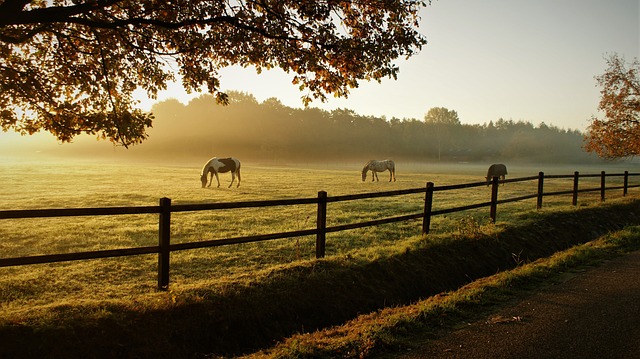In coastal regions, where harsh weather conditions and salt air pose unique challenges, selecting the right fencing material is paramount. This article explores durable wooden fencing as a robust solution for protecting your property along the coast. We delve into understanding the specific requirements of these environments, highlighting the advantages of wood over other materials. Additionally, it guides readers through choosing suitable wood species and offers essential maintenance tips to ensure longevity, providing a reliable barrier against the elements.
- Understanding Coastal Fence Requirements
- Advantages of Durable Wooden Fencing
- Choosing the Right Wood Species for Coastlines
- Maintenance Tips for Longevity
Understanding Coastal Fence Requirements
In coastal areas, where harsh weather conditions and corrosive elements are ever-present, choosing the right fence material is paramount. Durable wooden fencing offers a unique blend of aesthetics and strength, making it an attractive option for homeowners seeking both functionality and visual appeal. However, selecting suitable wood species is crucial to ensure these fences can withstand frequent exposure to salt water, strong winds, and storm surges.
Understanding the specific requirements for coastal fencing involves considering factors such as moisture resistance, insect resistance, and structural integrity. Treated woods like cedar and pressure-treated pine are popular choices due to their natural resistance to rot and insects. These woods not only endure the harsh marine environment but also maintain their beauty over time, providing a long-lasting solution for coastal property owners.
Advantages of Durable Wooden Fencing
Durable wooden fencing offers an aesthetically pleasing and functional solution for coastal areas, providing a range of advantages that make it a popular choice among homeowners and landscape designers. One of its key strengths is its ability to withstand harsh weather conditions, including high winds, heavy rain, and salt air, which are common in coastal environments. This longevity ensures the fence remains strong and structurally sound, requiring less maintenance and replacement over time compared to other materials.
Additionally, wooden fencing can be an environmentally friendly option due to its renewability. Unlike some synthetic materials, wood is a natural resource that can be sustainably sourced and recycled when necessary. The warm, inviting look of wood also enhances the overall curb appeal of a property, blending seamlessly with the coastal landscape. Moreover, it provides privacy and security without compromising on the beauty of the surrounding environment.
Choosing the Right Wood Species for Coastlines
When selecting wood for coastal fencing, understanding the local climate and environmental conditions is paramount. Saltwater exposure, high humidity, and frequent storms present unique challenges that require specific wood types to ensure longevity. Hardwoods like cedar and redwood are popular choices due to their natural resistance to rot and insects. These species have high oil and resin content, making them less susceptible to moisture damage.
Additionally, looking for woods with a higher Janka hardness rating can provide better protection against physical impacts and the constant battering from wind and waves. Species such as white cedar, western red cedar, and even treated pine are suitable options, offering durability and aesthetic appeal without compromising structural integrity in coastal settings.
Maintenance Tips for Longevity
To ensure your durable wooden fencing stands strong against coastal elements, regular maintenance is key. Start by inspecting your fence at least twice a year for any signs of damage, rot, or pest infestations. Addressing issues early can prevent small problems from escalating and save you significant repairs later.
Cleaning is another vital aspect. Remove any debris, salt buildup, or algae using mild soap and water. Avoid pressure washers as they can strip the finish and cause damage. After cleaning, apply a fresh coat of weather-resistant sealant every couple of years to protect the wood from moisture and UV rays, preserving its longevity and aesthetic appeal.
